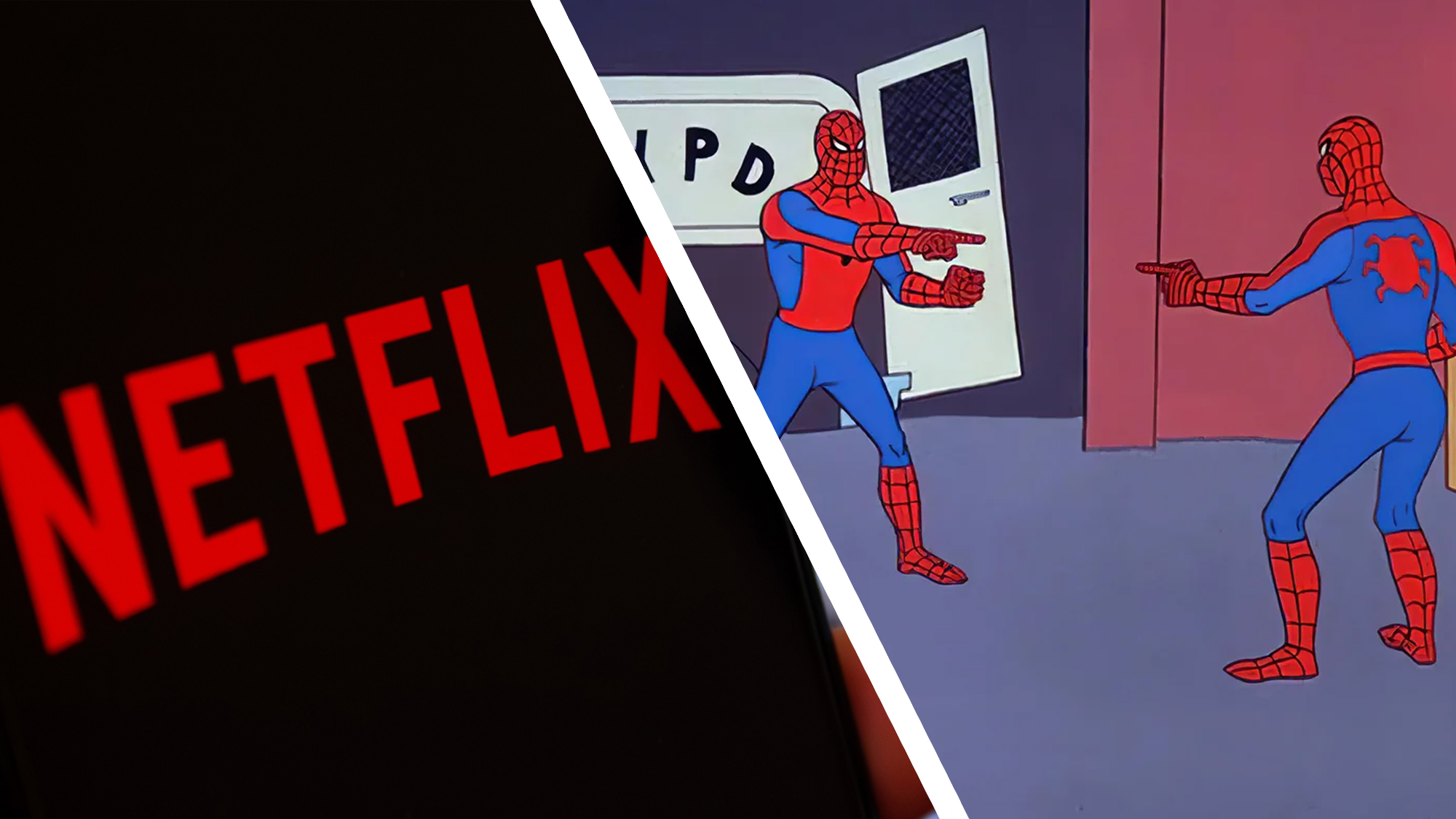- Viewing figures in May show streaming eclipsed TV for the first time
- The news comes as Netflix signs a broadcast deal with France’s TF1
- Netflix will show traditional TV channels from next year
Traditional TV just hit a new low – for the first time in history, streaming services had a bigger audience than broadcast and cable channels combined. That’s according to official US viewership numbers from May, and in a poetic twist of timing, Netflix has just announced its first-ever deal to broadcast traditional channels and live TV.
In a tie-up with French TV giant TF1 (as reported by The Financial Times), the streaming platform will host all five of its traditional channels – along with more than 30,000 hours of on-demand content. From summer next year, subscribers in France will be able to watch everything from prime-time dramas to The Voice, plus live sports, including the French national football team’s matches.
The deal marks a major shift in the streaming landscape. Netflix has long posed a disruptive threat to traditional television – now it’s going full circle and offering the medium a lifeline, hosting the very kind of live, linear programming that it helped to dethrone.
The move’s timing is particularly exquisite, because May was also the first month on record where streaming became more popular than its traditional TV rivals…
Crossing the streams
According to Nielsen data, May was the first month ever where streaming was more popular than cable and broadcast combined in the US.
YouTube led the field (12.5%), followed by Netflix (7.5%). Nielsen’s data has limitations – it only tracks US viewing on TV screens (smartphones, tablets and laptops aren’t included). But it’s still a milestone moment that reflects a wider trend: more people (especially younger audiences) are ditching scheduled programming entirely. Instead, they access on-demand content through smart TVs, tablets and smartphones.
As streaming eats up more screen time, traditional broadcasters are struggling to keep up. Fragmented audiences and falling ad revenues make it harder to sustain old business models. While some have launched their own streaming services, such as Britbox – a joint venture between ITV and BBC Studios – these rarely achieve global reach. Now, some networks are turning to their streaming rivals for traction.
TF1 is a perfect example. Its free-to-watch TF1+ streaming service serves a sizable domestic audience, but remains heavily reliant on advertising revenue. Netflix’s subscriber base in France – which reportedly passed 10 million in 2022 – offers a much bigger pool of potential viewers. For TF1, the upside of a partnership is clear.
Competitor to savior
For Netflix, the deal brings fresh content to its platform. TF1 has a huge back-catalog, including popular dramas such as Brocéliande and reality shows like Koh-Lanta. Speaking to the The Financial Times, Greg Peters, co-chief executive of Netflix, said that many French viewers already think of “TV as Netflix”.
Describing TF1 as a “producer of great, premium content”, Peters highlighted the variety of shows that the tie-up will bring to the platform. In a competitive market, where Netflix needs to continue justifying its rising subscription costs, it’s a move which could help retain customers.
It isn’t the first time the two companies have worked together. TF1 and Netflix previously collaborated on scripted co-productions such as Les Combattantes and Tout le bleu du ciel. But it is the first time Netflix will stream live, scheduled TV channels. That marks a major evolution in how streaming platforms and legacy broadcasters work together.
It also reflects how streaming has reshaped TV itself – not just how we watch, but what gets made. Shows like Lucifer (above), Money Heist and Designated Survivor were all rescued by Netflix after being canceled by their original networks. In more ways than one, streaming has gone from TV’s competitor to its savior.
Whether this deal signals the start of a broader shift remains to be seen. Peters hinted that Netflix would see how things go with TF1 before rolling out similar partnerships elsewhere. But it’s a clear sign that the definition of ‘TV’ has changed forever. As streaming overtakes traditional channels, the lines between the two are blurrier than ever. And it’s Netflix that’s setting the boundaries.
…
Read the full article here















